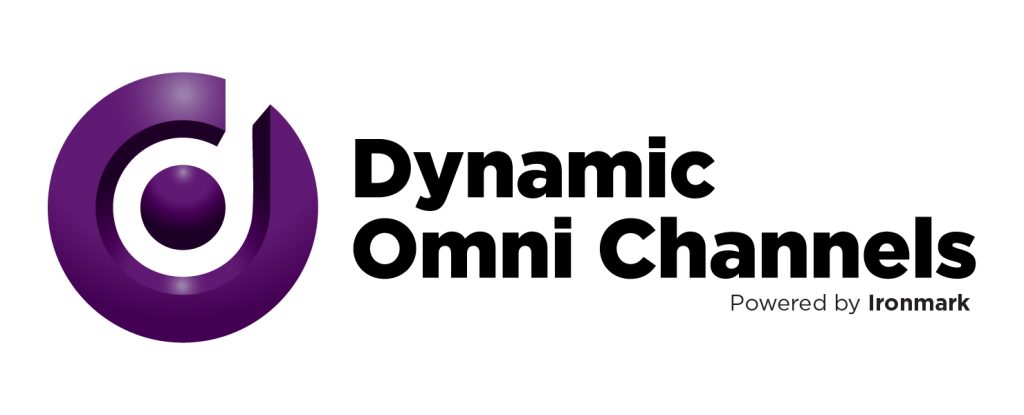Highlights:
- Dealerships that map the buyer journey can identify where customer relationships weaken, especially after purchase and during warranty expiration.
- Proactive communication before warranty expiration prevents defection to independent repair shops and reinforces brand value.
- Service loyalty is the strongest predictor of future vehicle sales—dealers that prioritize the service experience drive long-term repurchase.
Selling a vehicle is only the beginning. The real challenge—the one that decides whether your dealership thrives or merely survives—is guiding that buyer through years of ownership and keeping them loyal when it’s time for service or repurchase.
The trouble is, most dealerships lose customers at painfully predictable points: right after the warranty ends, when service feels inconvenient, or when aftermarket shops swoop in with a coupon and a smile. That’s where customer journey mapping comes in. By creating a clear map of the buyer journey, dealers can see exactly where those gaps occur—and more importantly, how to close them.
Why a Journey Map Beats “Random Acts of Marketing”
Think of the buyer journey as a road trip. If you don’t know the route, you’ll waste fuel, miss turns, and probably end up at a competitor’s lot. Too often, dealers rely on “random acts of marketing”—a spray of generic emails, one-off postcard(s), a coupon dropped into the void—without understanding where the customer is on their ownership journey.
Customer journey mapping, on the other hand, shows you exactly where and when customers are likely to veer off course so you can place your messages right at those Y’s in the road. It also aligns your sales (variable) and service (fixed) operations into a single revenue arc, instead of two disconnected silos. That’s how dealership customer retention and reactivation become predictable instead of accidental.
The strongest dealerships treat their campaigns as living strategies—adjusting them daily or weekly based on results instead of relying on static, one-off tactics. And dealerships that present a consistent, recognizable brand at the local level see stronger retention across both sales and service when buyers know what to expect every step of the journey.
Stage 1 – Awareness & Test Drive
This is where first impressions really count. Shoppers are cross-shopping three, maybe four brands at once. Your lot experience and sales team demeanor anchor their loyalty expectations.
Pro tip: don’t wait until they sign the paperwork to capture useful data. Collect correct contact info and customer preferences early. That information sets the stage for downstream relevance—like whether they want texts or emails, or whether Saturday morning service hours fit their lifestyle.
Stage 2 – Purchase & Delivery
Congratulations, you made the sale! But the delivery isn’t the end of the story—it’s the starting line for customer retention.
Here’s where too many dealers lean on OEM boilerplate marketing communications. Big mistake. Instead, send dealer-branded, personal follow-ups that feel like you know the buyer—not just the VIN. Better yet, plant the service relationship right there at delivery: schedule their first service appointment before they drive off, and drop a digital wallet pass on their phone so they’ve got your service lane in their pocket.
Stage 3 – Maintenance & Service Cadence
Now comes the rhythm of ownership: oil changes, tire rotations, seasonal checkups. Preventive touchpoints are your bread and butter, but only if you get the timing right.
Mileage- and time-based nudges matter, but so do convenience options. Online scheduling, loaner vehicles pick-up and drop-off—each reduce friction. And here’s the kicker: every service experience doubles as the engine for the next vehicle consideration, since service loyalty is an excellent predictor of future sales. A smooth service journey today greatly increases the odds of a showroom visit tomorrow.
Stage 4 – Warranty Expiration (Highest Defection Risk)
Here’s where the biggest defections happen. As warranties expire, households often move to independent repair facilities. Why? They think it’s cheaper, easier, or faster.
Dealers who want to keep these customers need to pre-empt the defection moment. That means framing the value of OEM service clearly, offering well-timed oil-change deals, and even offering financing options for larger repairs. Remember: you don’t need to beat Jiffy Lube’s price—you need to show why your service is worth it.
Stage 5 – Reactivation & Repurchase
Not every customer follows the script. That’s okay—reactivation campaigns can bring them back. The trick is to tier outreach by recency and frequency. A customer who’s been gone for six months is a much easier win than one who hasn’t shown up in three years.
At the same time, look for your service-to-sales handoff opportunities. Flag high-spend service customers with positive equity—they’re your prime equity-mining candidates. Today’s $1,200 brake job could easily turn into tomorrow’s trade-in conversation. That’s the power of dealership customer retention—and of linking service-to-sales equity mining into the customer journey.
Related: 4 Ways Cross-Channel Marketing Knocks It Out of the Park
What the Map Reveals
By laying out these buyer journey stages, you can clearly see where the relationship strengthens—and where it slips. Each phase is a chance to either reinforce dealership customer retention and reactivation or lose it altogether.
And here’s the aha moment: most defections don’t happen because customers are unhappy with you. They happen because you weren’t there at the right moment with the right message. Simple customer journey mapping reveals the timing, the triggers, and the opportunities for revenue growth hiding in plain sight.
Related: Crediting Conversions: Using Attribution and the Customer Journey for the Full Picture
The Journey Never Ends
The buyer journey doesn’t end at delivery—it stretches across years of service, communication, and eventual repurchase. Dealers who take customer journey mapping seriously can see exactly where they’re losing customers, and where they can win them back.
By using lifecycle and trigger-driven programs, you can place the right message at the right moment, automate touchpoints at scale, and make customer loyalty less of a guessing game and more of a growth engine.
That’s where we come in. Ironmark leverages Dynamic Omni-Channels (DOC), our powerful all-in-one marketing technology, that helps dealers map, measure, and monetize the customer journey, facilitating daily and weekly customizable campaign iterations that help dealerships truly penetrate their market area. Because when you understand the road ahead, you don’t just sell vehicles—you build lifelong relationships.
Ready to start your map?
Talk to a Data-Driven Automotive Marketer




